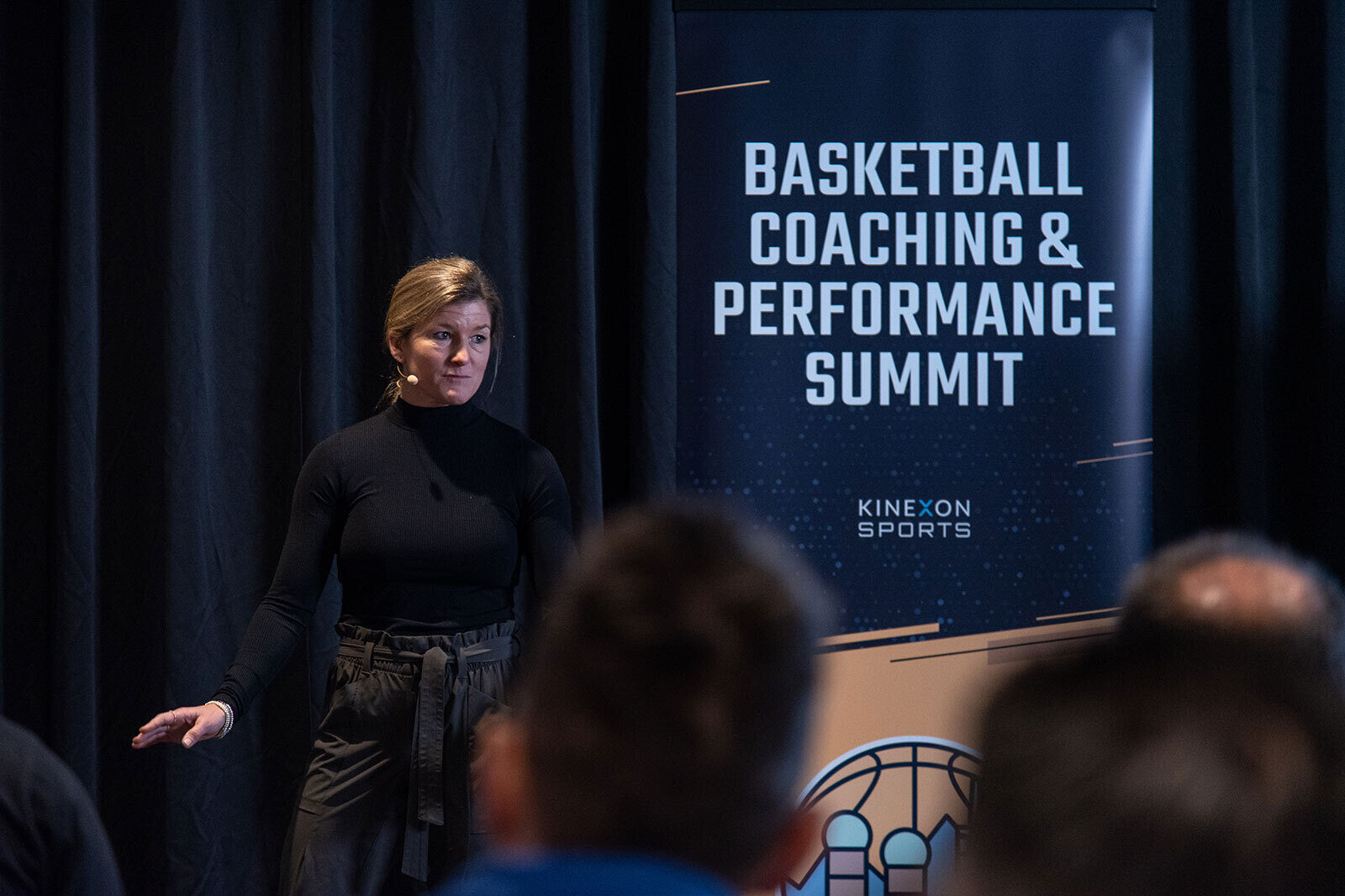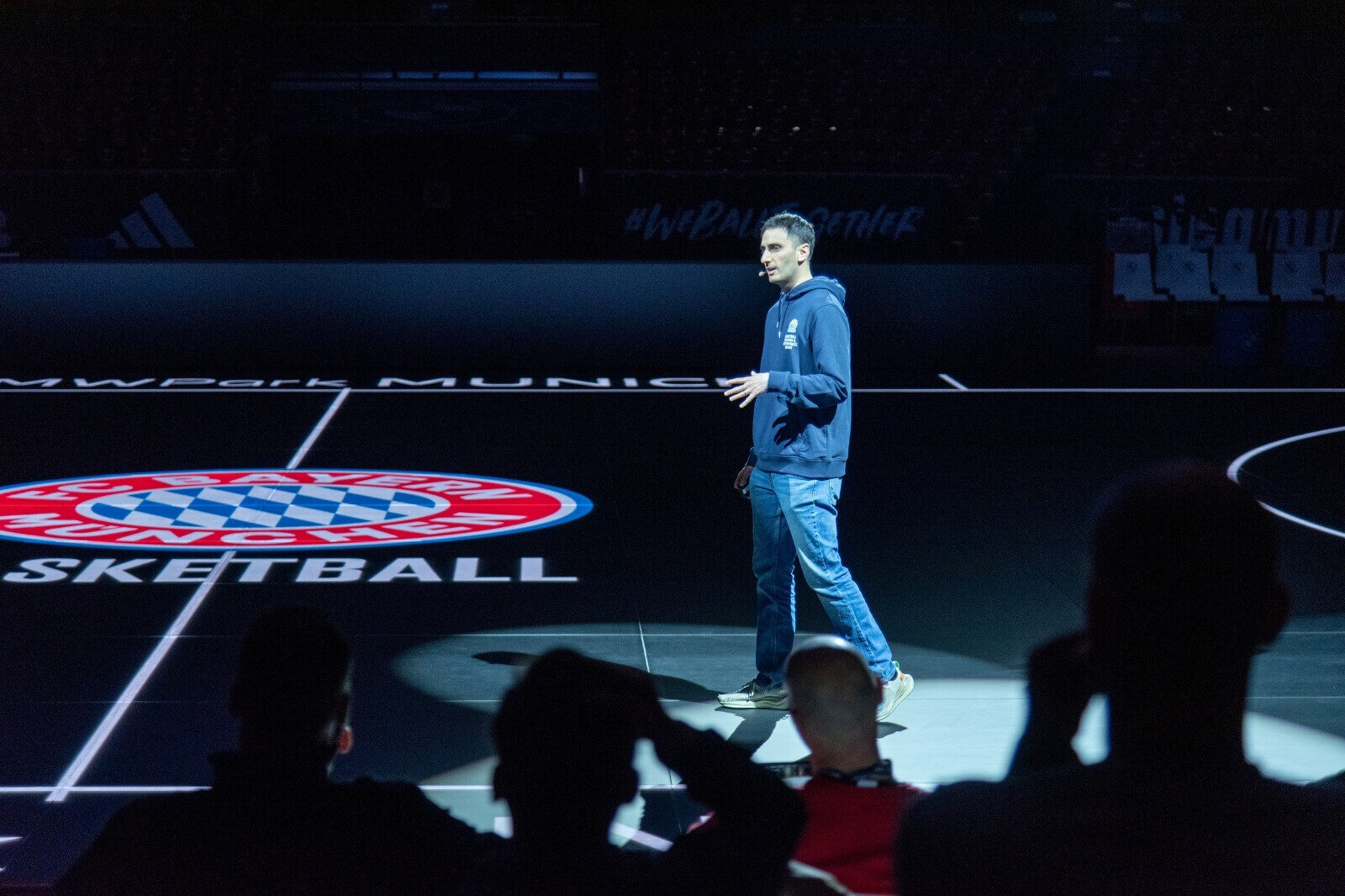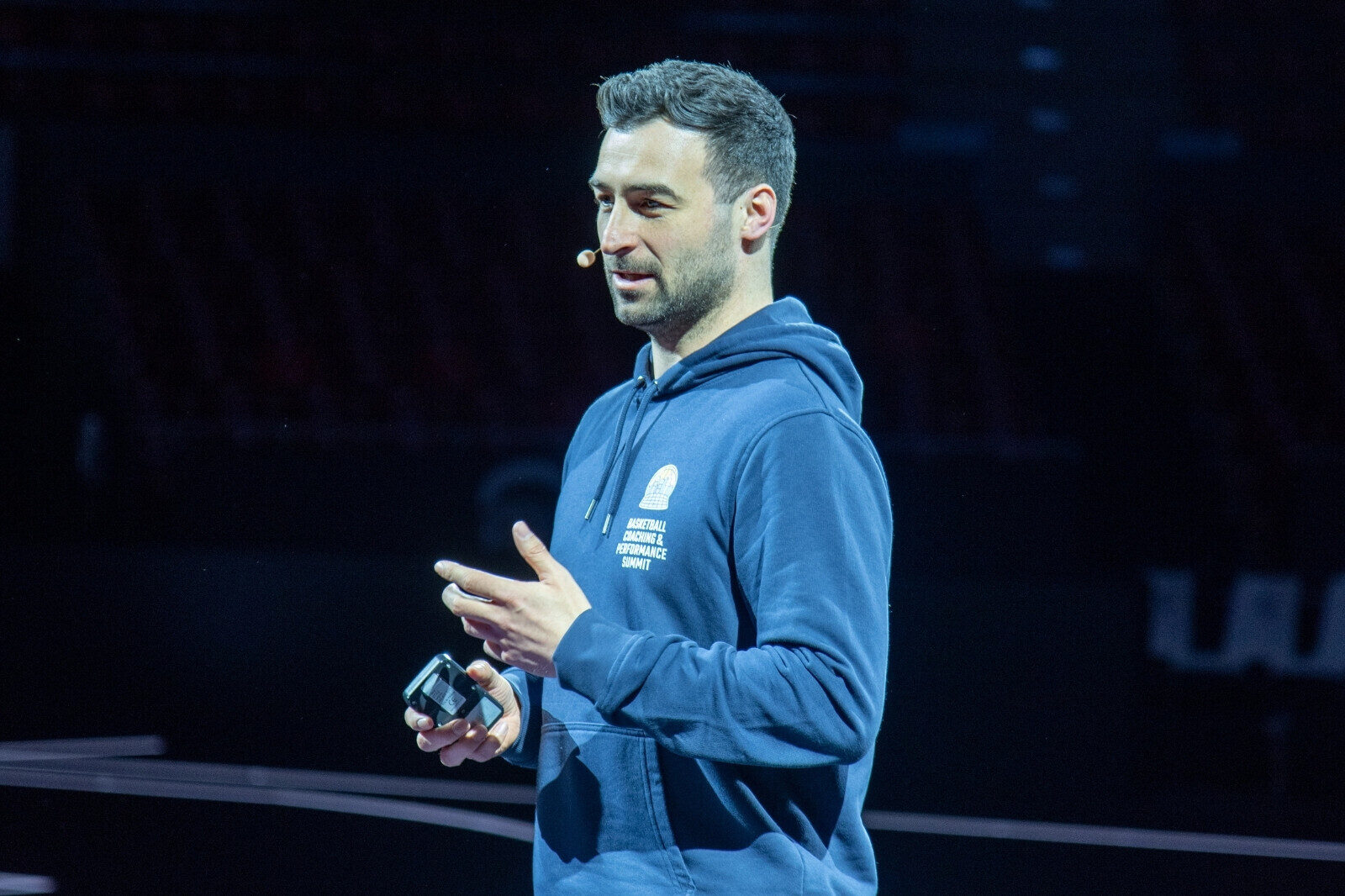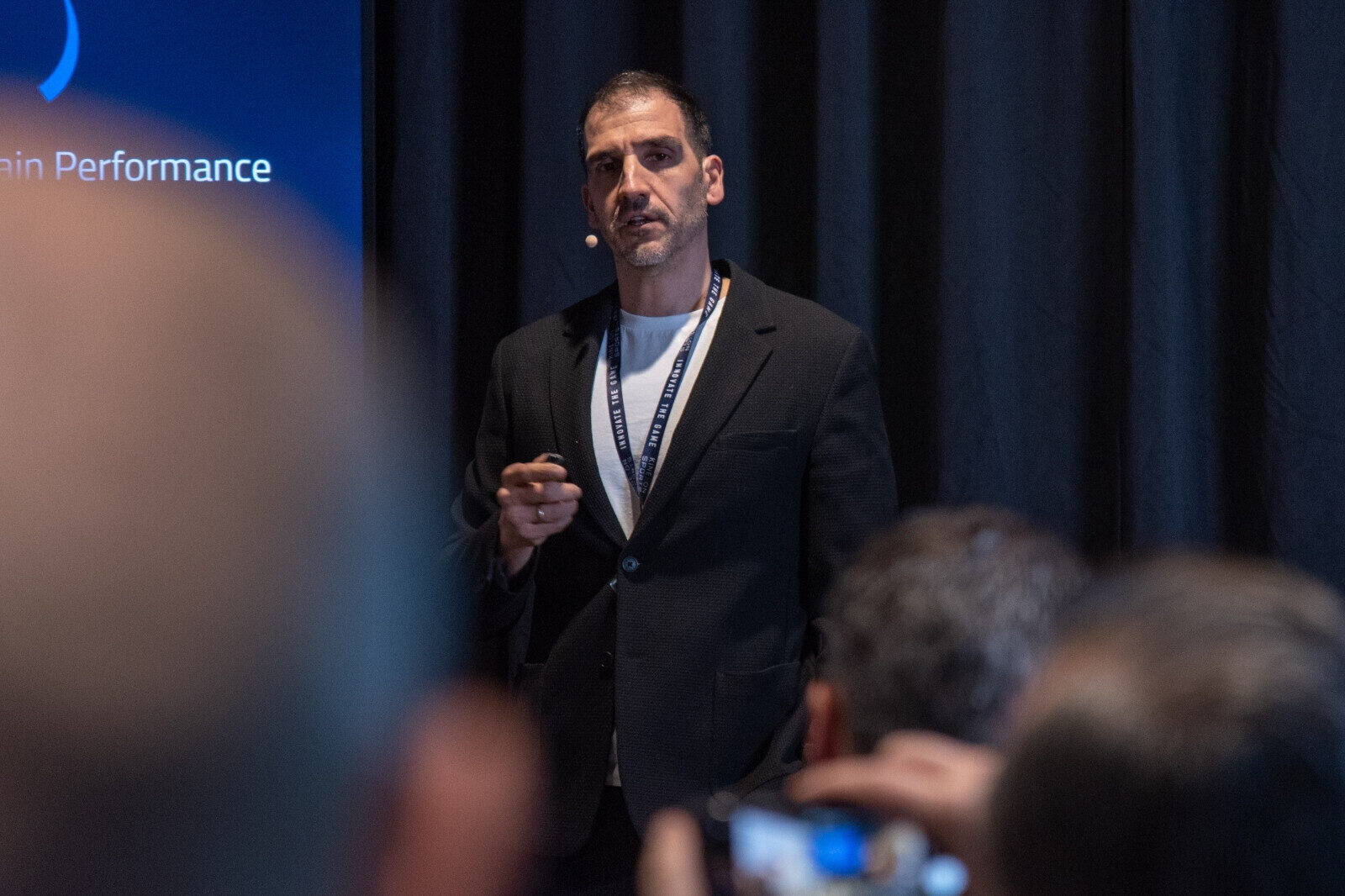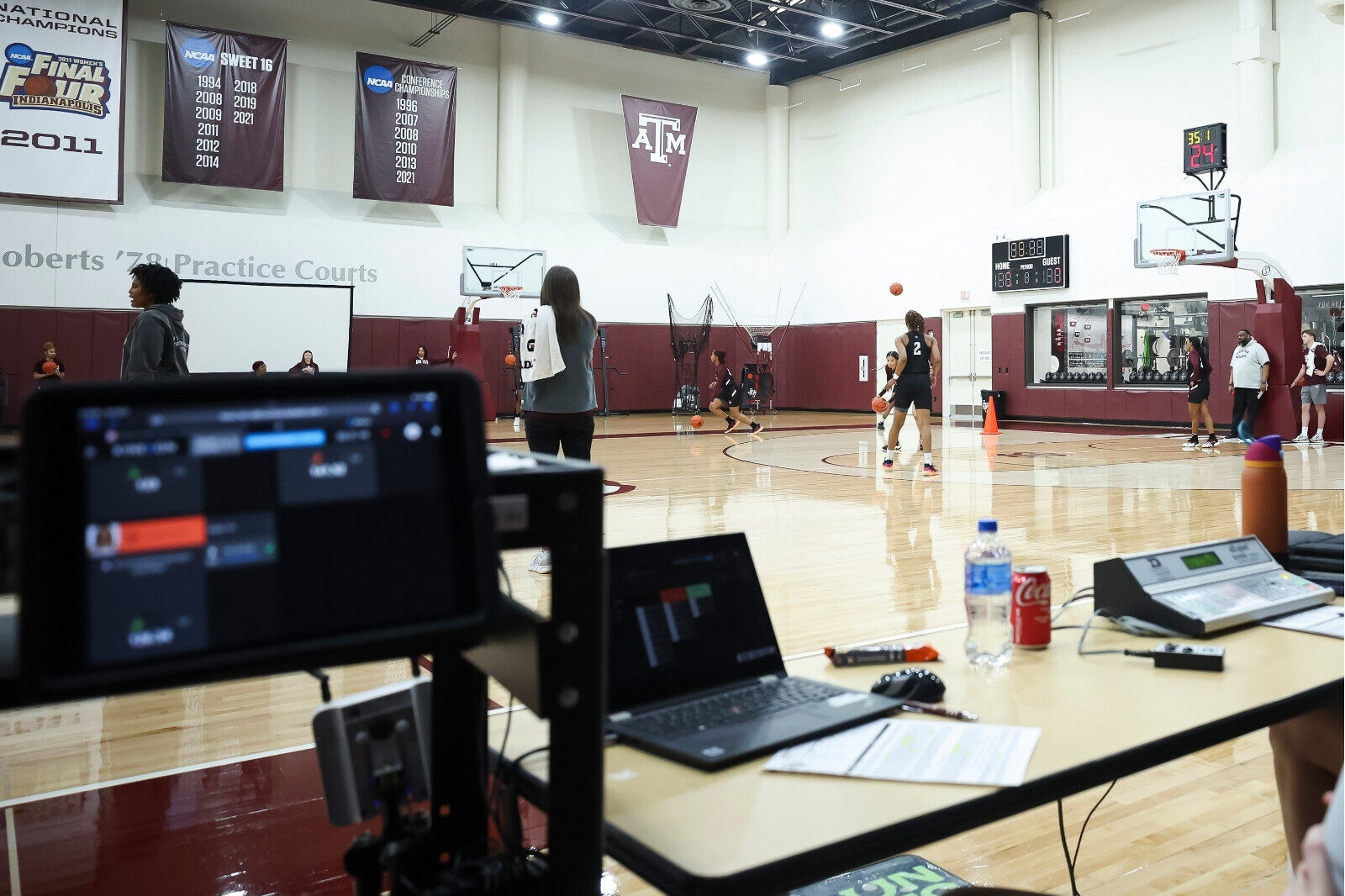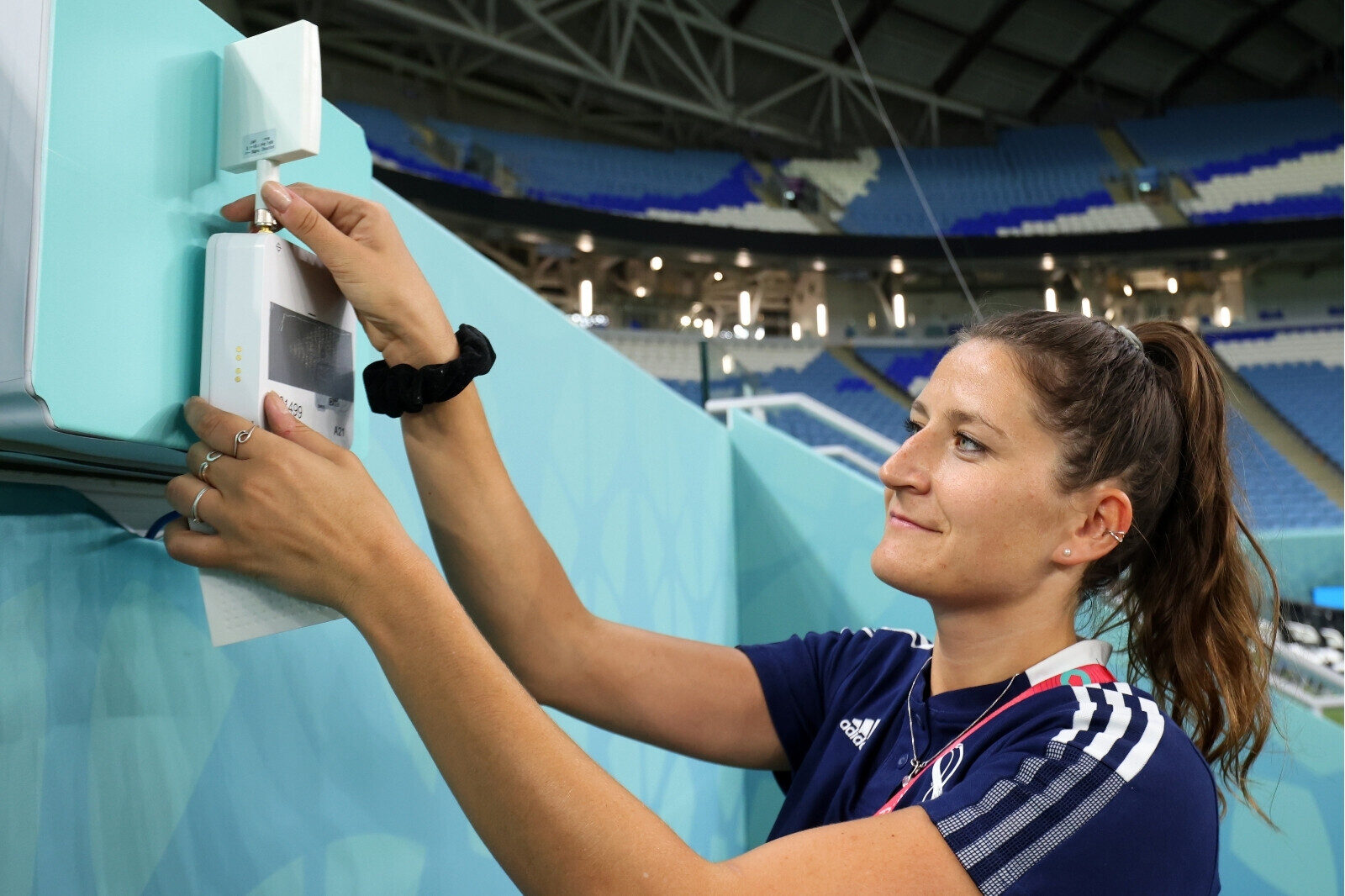Optimizing Team Strategy with Advanced Sports Analytics
Player tracking systems help sports teams to optimize their performance, health, and strategy. It starts with real-time data and sports analytics that provide insights on the movement of players and even the ball. This can lead to better tactics for coaches, better fan engagement, VAR support, and media content creation. How, you ask? Let’s find out.
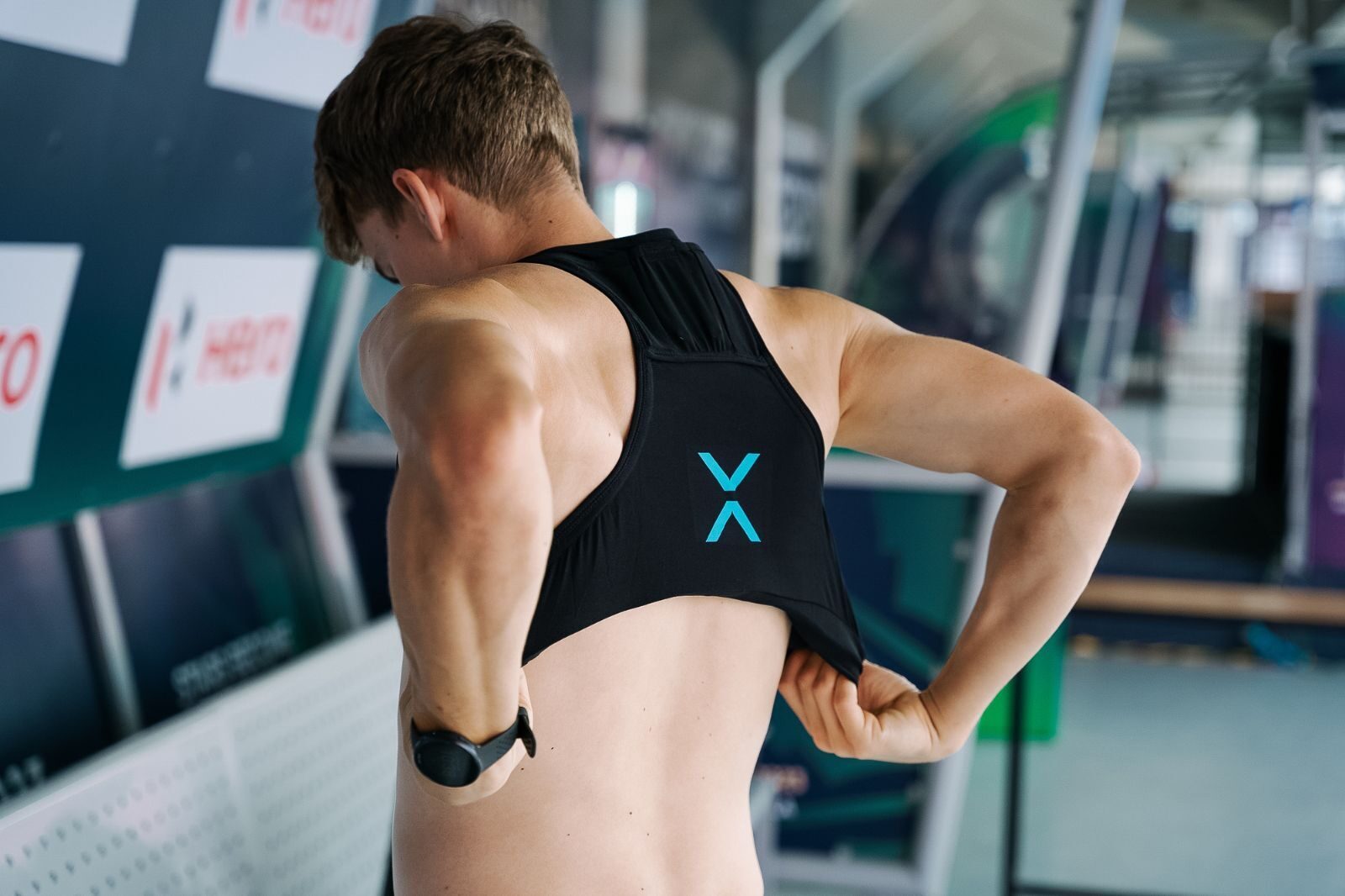
There are hundreds of metrics you can track, but we always want to make sure that we’re helping you understand the ones that mean the most to you and your team.
We also want to make sure you have the proper product to get the job done. Here are some critical sports performance management and preparation concepts a KINEXON Sports system can help facilitate.
What Can Our Systems Help With?
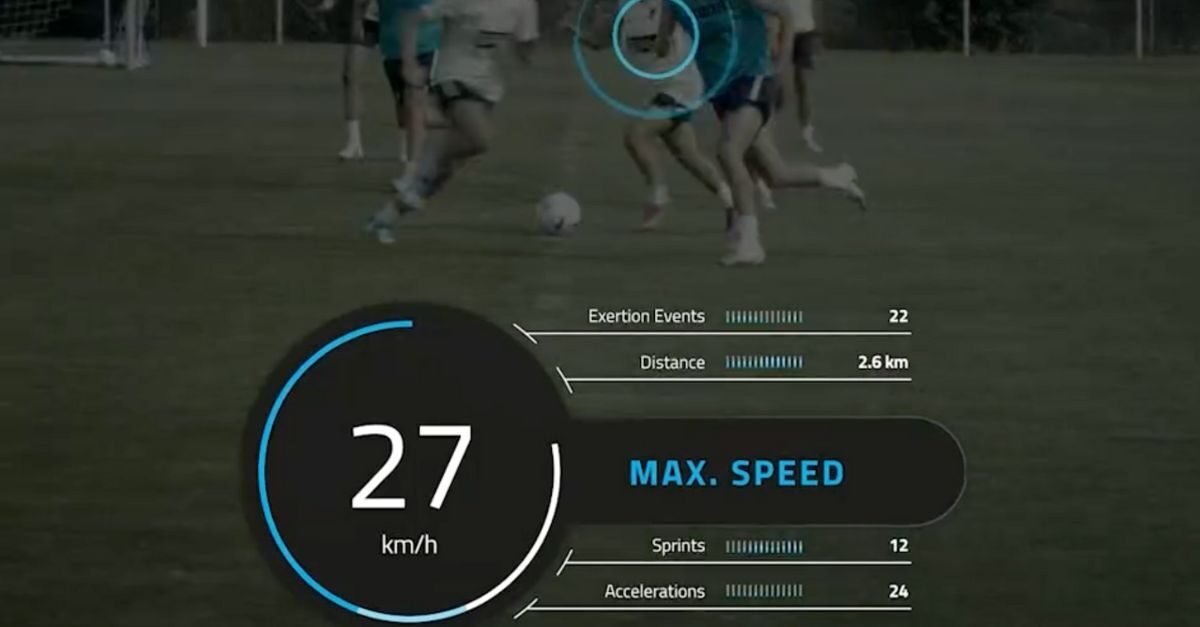
The first step to figuring out which solution and player metrics you need is to determine what your end goal is. There are three main ways and LPS, GPS, or IMU data can help your team:
- Return to play protocols: minimizing risk of reinjury for rehabbing athletes.
- Load preparation: facing the demands of a grueling season.
- Sports performance optimization: preparing for maximal efforts.
If you need help creating a protocol or developing a load management program, our team of sports science consultants will be there every step of the way.
What Information Do You Need?
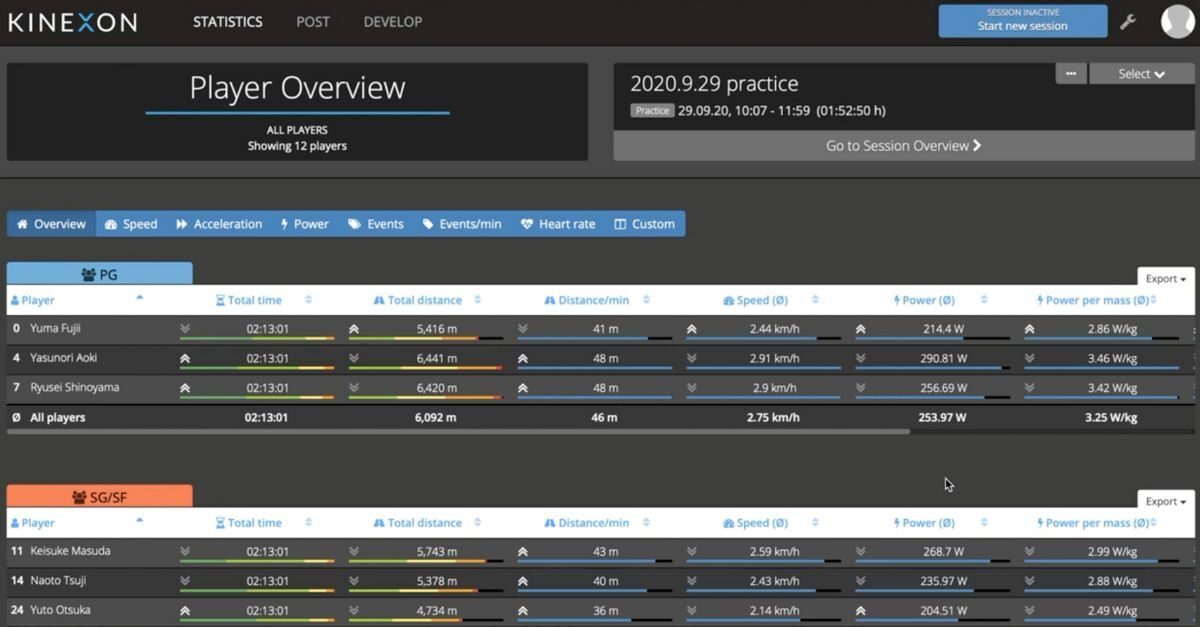
Now it’s time to pinpoint the information you need and align it with the system that will be best to provide it for you. Let’s start by pinpointing the information. You can do that by asking yourself a few simple questions:
- Load metrics: Quantifying overall volume
- The question answered: How much is the game?
- Intensity or per minute metrics: Quantifying work rate and pace of play
- The question answered: How difficult is the game?
- High Demand or Maximum metrics: Quantifying top end physical requirements
- The question answered: What is the peak performance required for this game?
Once you’re comfortable with the player metrics you’re looking for, now you can find the best system.
Matching a System to Your Sports Analytics Needs
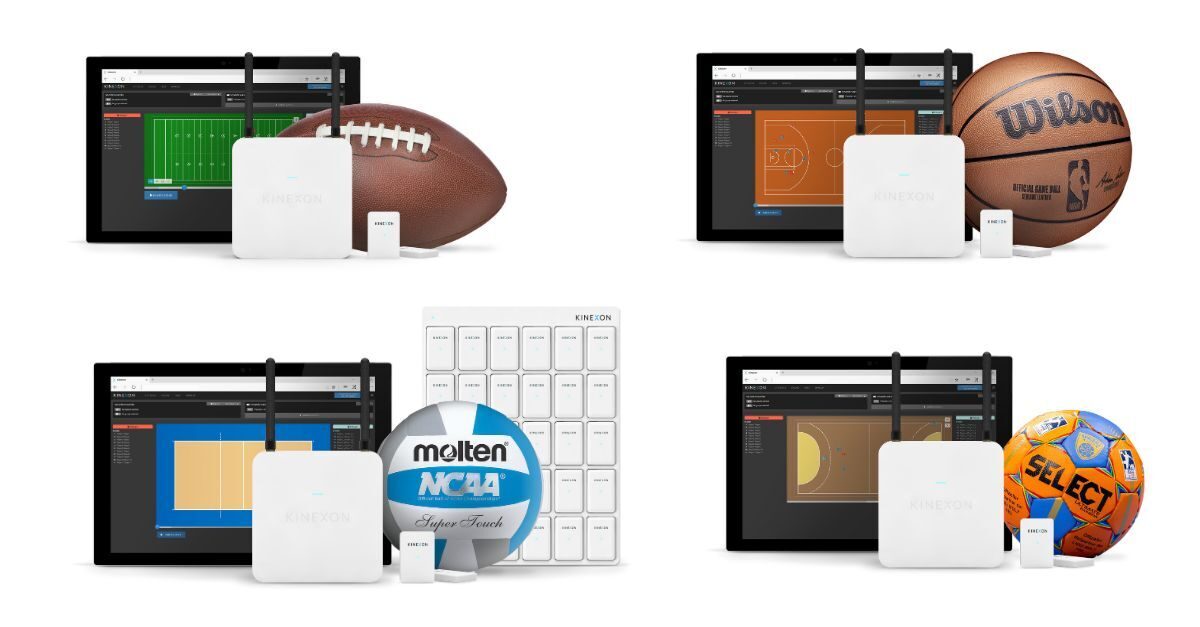
This chart breaks down the three systems and the types of data that you can get from them:
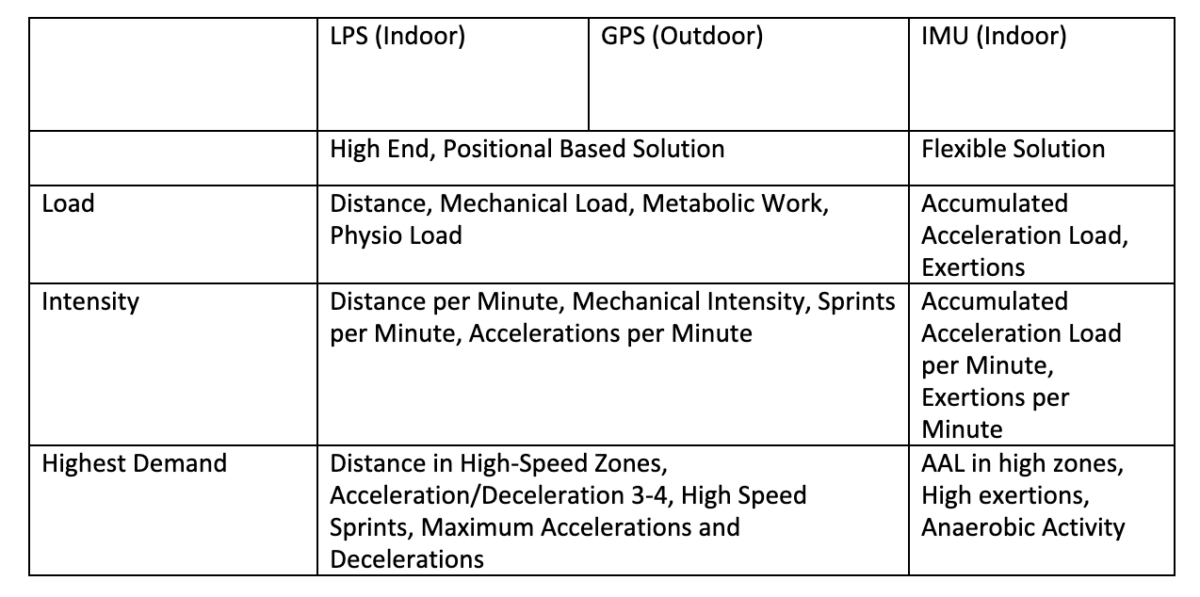
You can see that each system does have distinct capabilities, but there is also some overlap. LPS is great because it works both indoors and outdoors. GPS is for outdoor use only. IMU can be used indoors or outdoors, and can travel with you for road games/practices.
If you’re looking to track your players using GPS, you can now save 20 – 30 minutes each session by using the only athlete monitoring system that has a fully automated workload.
Player Tracking Systems: What to Consider
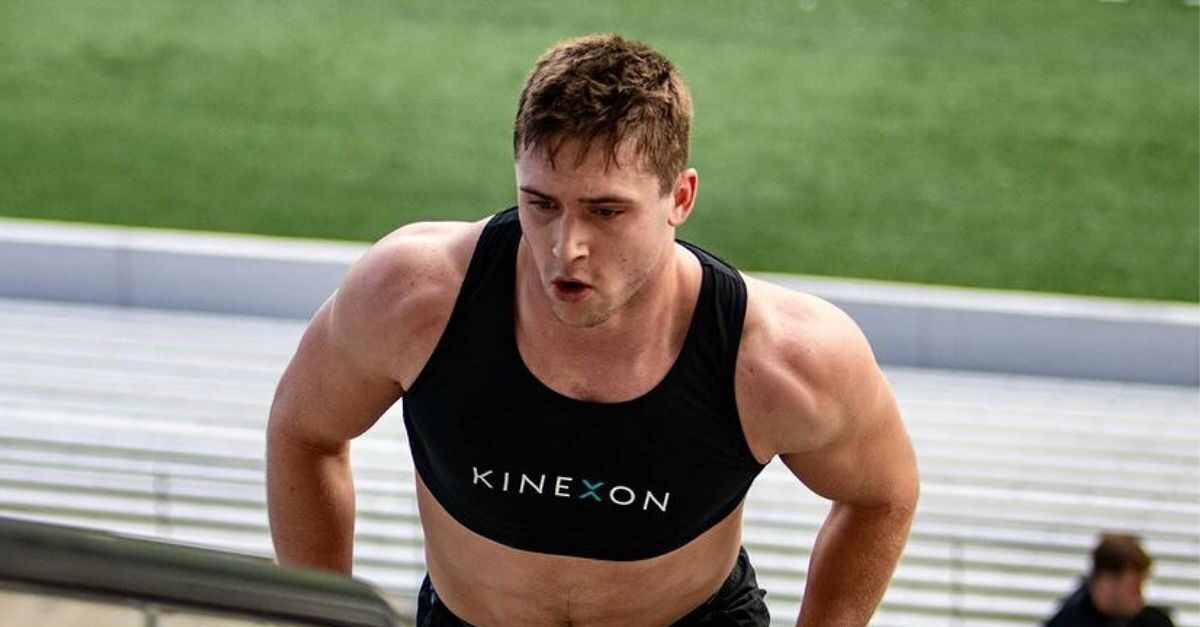
There are systems for every sport including football, soccer, basketball, volleyball, handball, and ice hockey. But any one of the systems can track player metrics in almost any sport. You can even track the ball in soccer and handball. We’re even creating player metrics specific to women athletes.
- The ideal solution is the combination of LPS/GPS and IMU. Gold standard solution for primary tracking with the portable IMU available to supplement as needed.
- All IMU metrics are also available with LPS and GPS solution.
- An IMU system can be used as your primary tracking device! It can record load, intensity, and high demand as a standalone solution.
- In some sport-specific cases, positional-based metrics can be predicted with the IMU system, providing stronger comparability.
The important thing to remember is that you have options, and you will find a perfect fit for your sport and the metrics you’d like to track.
Reliable Sports Performance Training

At KINEXON Sports, we provide state-of-the-art technology AND process your third-party data if required, creating one consistent sports performance training timeline with the SAME metrics.
We also have a team of sports scientists who are happy to help you get started and stay on the right track by helping you to make sense of your data.
If you’d like to find out which system and player metrics will help your team the most, you can start by downloading our product brochure, or contact us at any time.




